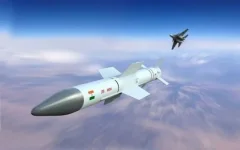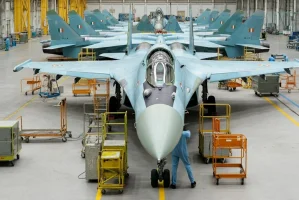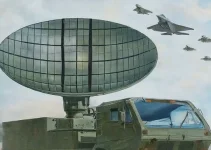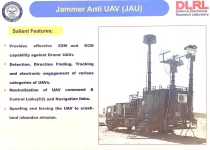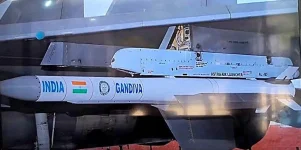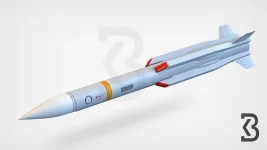- Views: 2K
- Replies: 12
The Indian Army has identified a critical requirement for a new generation of medium-lift helicopters equipped with advanced stealth features, specifically for its elite special forces units.
A senior Army official has clarified that these specialised aircraft are needed for high-risk operations, including deep penetration missions behind enemy lines, a capability distinct from the military's more conventional transport needs.
This demand comes as the Ministry of Defence (MoD) and Hindustan Aeronautics Limited (HAL) are advancing the Indian Multi-Role Helicopter (IMRH) program.
The IMRH is a 13-tonne class helicopter intended to serve as the indigenous replacement for the aging fleet of Russian-made Mi-17s, which are the workhorses of the Indian Armed Forces.
While the Army fully supports this domestic initiative for its standard operational needs, it stresses that special operations demand a platform with unique characteristics.
An official familiar with the requirements noted that using standard transport helicopters for covert missions presents significant dangers.
"It’s not simply about using medium-class helicopters for special missions," the official stated, highlighting that without features like a low radar cross-section and higher speeds, such aircraft are dangerously susceptible to modern enemy air defence systems. "Without factoring in the risk of being shot down, these platforms need to integrate cutting-edge technology to ensure mission success."
The desired helicopter for the special forces would prioritise survivability and rapid response.
Key attributes include a stealth design to evade detection, enhanced speed to shorten exposure time in hostile territory, and advanced avionics and self-protection suites.
The primary role of such an aircraft would be to insert and extract small teams of commandos swiftly, allowing them to "mass combat power on a target and engage the enemy as quickly as possible," according to the official.
Currently, the Army Aviation Corps operates helicopters like the HAL Dhruv and its armed variant, the Rudra. While effective in their designated roles, they do not possess the specialised stealth capabilities required for deep-strike missions.
The call for this new platform reflects the evolving doctrines of modern warfare, which increasingly rely on speed, surprise, and surgical strikes by special units.
The Army is advocating for a balanced procurement strategy that continues to support the indigenous IMRH for general duties while also pursuing the acquisition of a state-of-the-art platform tailored for its special forces.
This dual-track approach aims to ensure that every level of the Indian Army's rotary-wing capability is modernised and prepared for the full spectrum of future conflicts.

